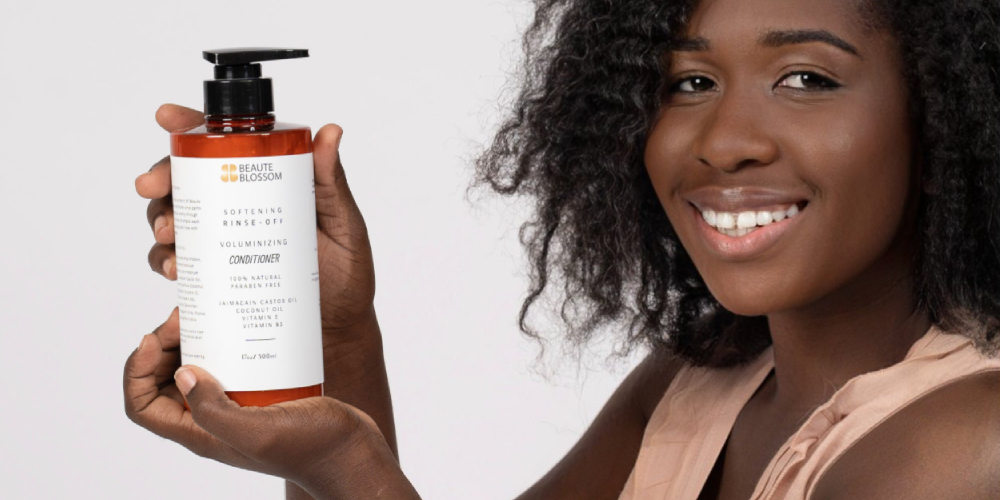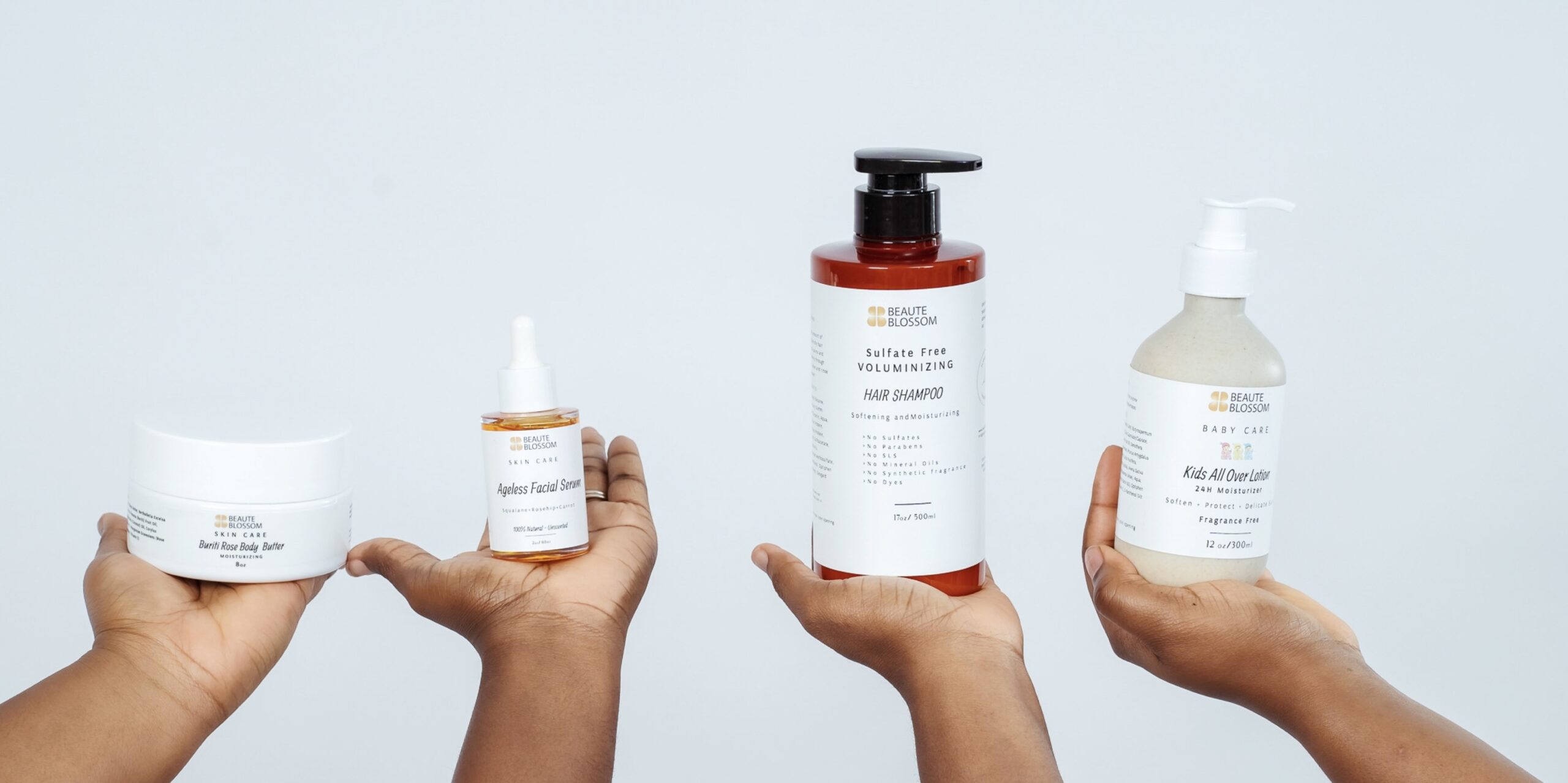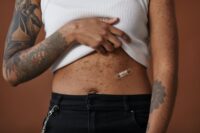DIY Shampoo recipes are so popular right now!
However, the desire for easy, natural recipes made from ingredients you’ll find in your kitchen, has led to a ton of recipes being shared online that simply won’t work, (and may even do harm to your hair).
DIY haircare recipes are commonly based around the following ingredients:
-
Coconut milk: Coconut milk on its own, (without soap added), will not cleanse the hair. So it fails the first task! The pH of coconut milk is close to neutral (around 6.0-7.0), which is too high for the hair. Coconut milk will provide some vitamins and moisturization to the hair, but it won’t close the cuticle or balance the pH of the hair. Long term use of coconut milk ‘shampoo’ can actually result in hair damage.
-
Baking soda: Baking soda can act as a degreaser, so it will remove some of the oils from the hair, but it won’t do it very gently. A solution of baking soda in water has a very high pH, (about 9.5), which is too high for the hair, and can irritate your scalp. It will not close the cuticle, and will eventually leave your hair brittle and prone to breakage.
-
Castile soap: Castile soap will definitely cleanse the hair, so this task is taken care of. But it won’t do the other two tasks – the pH of castile soap is very high (or alkaline – the opposite of acidic), around 9 -10, which is completely unsuitable for hair. When hair is treated with an alkaline product, it will leave the cuticle cells open and prone to damage. Hair with an imbalanced pH will also be a lot more prone to breaking and tangling.
-
Cold process soap bars: Soap bars are very similar to liquid castile soap, but they have a solid form. The chemistry behind these two products is the same and they both have a pH which is way too high for the hair. Soap bars will clean the hair effectively, but since they won’t close the cuticle down, or balance the pH of the hair, it will leave the hair dry, tangled and prone to further damage.
Not only do these recipes not effectively cleanse and protect the hair, (more on that in a minute), there are other dangers associated with using them too. For example, the vast majority of DIY recipes are not preserved or stored correctly, which can lead to bacteria, yeast and mold proliferating in them – potentially leading to skin and eye infections, thrush, toxic shock and atopic dermatitis.
What should an effective shampoo do?
Cleanse the hair: Shampoo helps to remove dirt and soil from the hair and scalp. Sebum, dust and styling products build up on hair over time, and shampoo is needed to remove them, without being too harsh and removing beneficial lipids on the hair.
Close the cuticle: The cuticle is the outermost layer of the hair and resembles roof tiles. If the tiles are nicely closed or laid down, they protect the underneath surface. A good shampoo will make sure that cells of the cuticle are laid flat, thus protecting the underneath layers from damage.
Balance pH of hair: Hair needs a slightly acidic pH in order for the cuticle to be closed down, and to decrease the static electricity which causes tangles and damage to the hair.
When you’re assessing whether natural DIY shampoo recipes are any good, consider if they’ll help with these three things: cleansing the hair, closing the cuticle and balancing the pH level.












Thank you for every other magnificent post. Where else may just anyone get
that type of information in such a perfect way of writing?
I’ve a presentation next week, and I’m on the search for
such info.
Feel free to surf to my webpage :: Hydration Labs Reviews